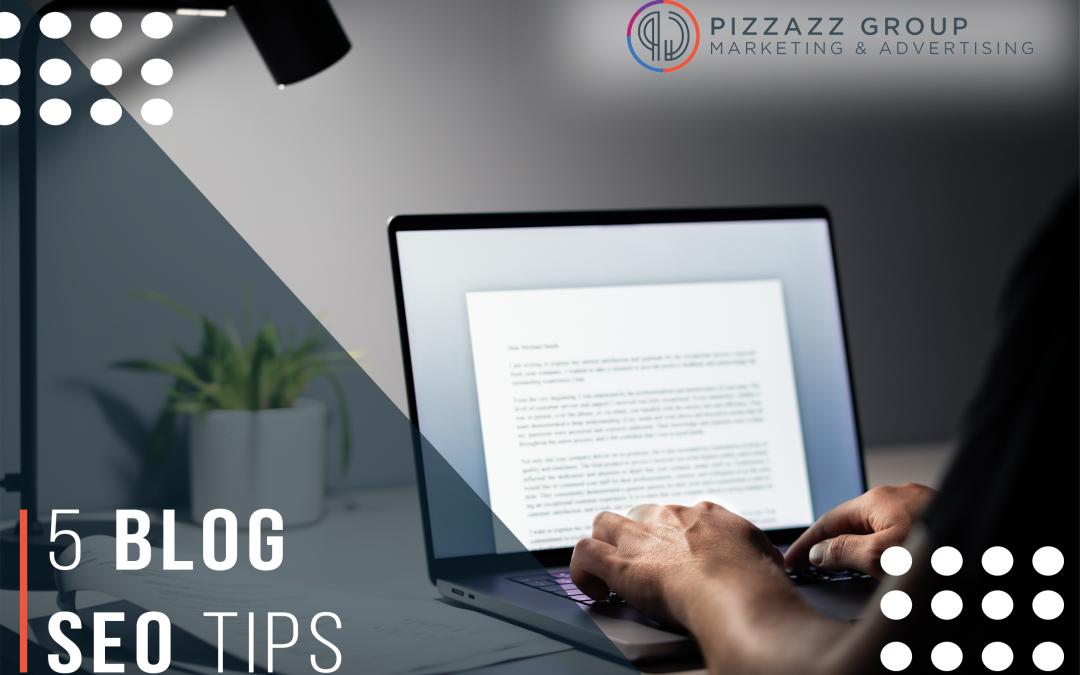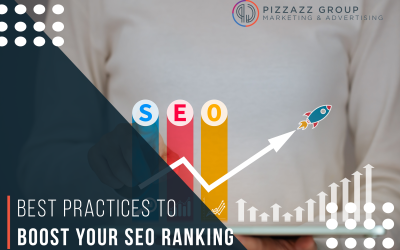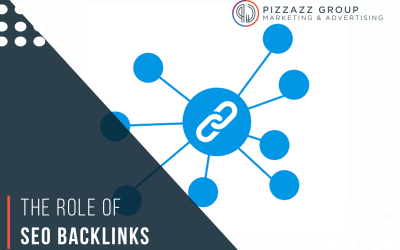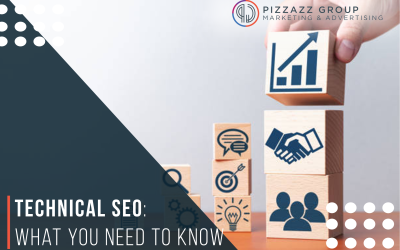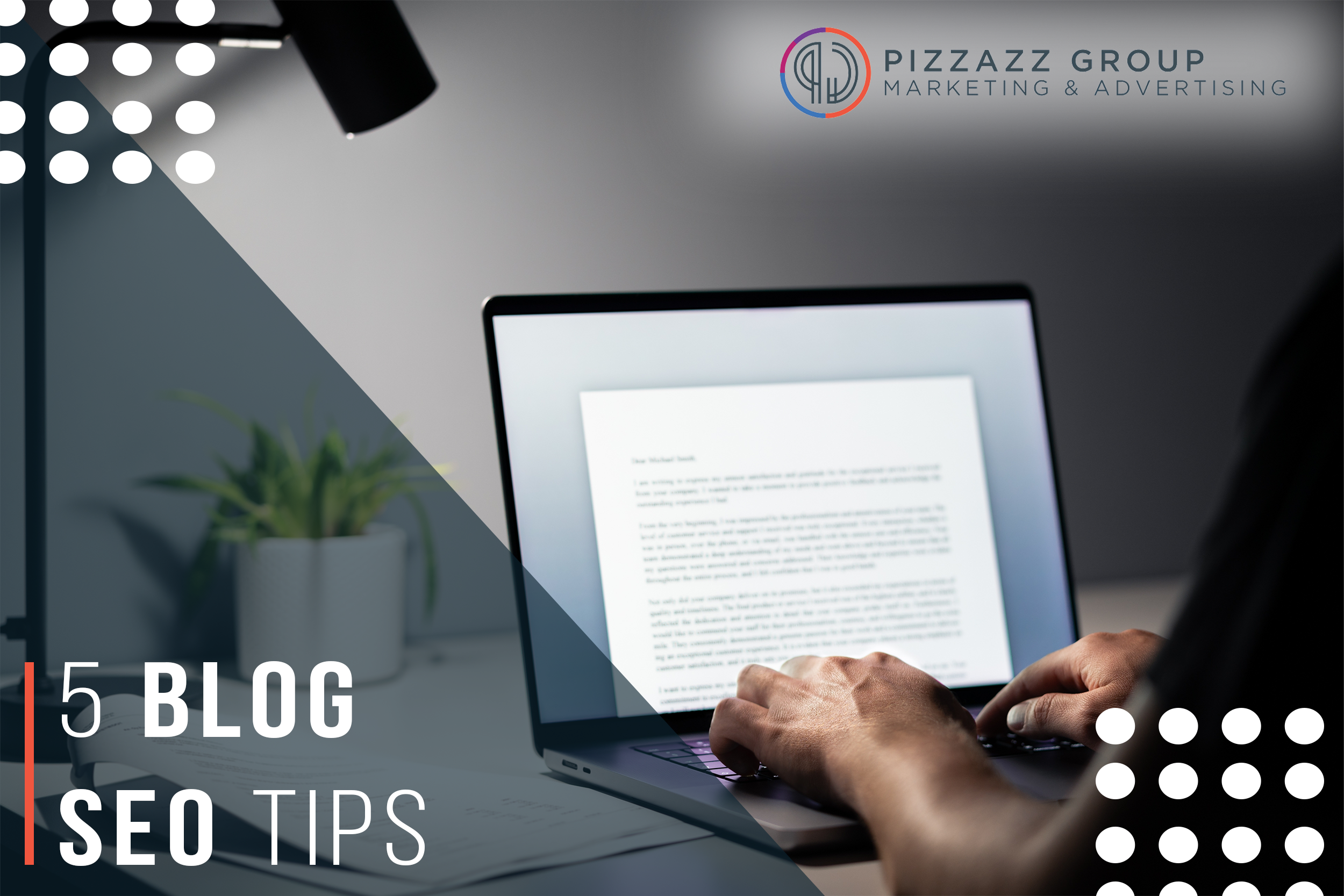
You may ask: “What is SEO and why is it important to do blog SEO?” SEO is a rapidly changing science that Google, Bing, Yahoo, and other search engines use to determine the ranking of your website or blog in search results. In today’s digital world it’s important that people can find your website when searching online for your products and services. The same holds true for your blog! Obviously if you are taking the time to write a blog, you want as many people to read it as possible!
You may ask: “What is SEO and why is it important to do blog SEO?” SEO is a rapidly changing science that Google, Bing, Yahoo, and other search engines use to determine the ranking of your website or blog in search results. In today’s digital world it’s important that people can find your website when searching online for your products and services. The same holds true for your blog! Obviously if you are taking the time to write a blog, you want as many people to read it as possible!

#1. Pick Relevant Keywords
Think about relevant keywords that a possible customer may search online that would be relevant to your business. One blog SEO strategy is to pick topics that relevant keywords that you can effortlessly be put into the content. When you write each blog include the keyword or words in the title and body of your blog post, and also in the meta description, URL, and blog images. Make sure not to overuse the keywords however as search engines will actually penalize your website for keyword stuffing and also your content will suffer if you start to overuse keywords. Most importantly remember that content is king and you want to keep your readers interested while engaging your brand!
#2. URL Structure – Make It Readable
The URL (web address) of your blog should have the top keywords of your blog and make sense. The easier a URL is to read to humans, the better it is to search engines. For example, the URL for this blog post is https://pizzazzgroup.com/5-blog-seo-tips/. The keywords are in the URL and it is easy to understand that it is about blog SEO tips, right? Remember that your blog may be linked in social media, articles, emails, etc. It is to your advantage for the reader to know what the link is about, so they may be more inclined to click on it!
#3. Meta-Description – Your Chance To Get Reader Interest In Your Blog Post
A meta descriptions assists Google in giving customers the right content. Meta descriptions that are written well can increase the traffic that your website will receive from a search result. Some may say that meta descriptions aren’t necessary for many pages of your website, but with blogs it is doubly important because your post hopefully will be shared on social media. Facebook and LinkedIn use the meta descriptions to generate excerpts for the links shared. When coming up with your meta description, don’t just put the title of your post. Give the reader more reasons as to why they should want to read your blog!
#4. Take A Second To Give Words To Your Images
Images are great to add to your blog because it brings life and meaning to your words. Images are also good because they can improve your SEO if handled properly. When naming your image file name, give it a descriptive name and start with the keyword you have chosen for your post. For example, a picture of SEO tips may be called SEO-tips.jpg. Remember to make your image as small as needed so that loading time isn’t increased which negatively affects SEO. When placing your image in the blog put it around related text. Also, don’t forget to add alt texts. An alt text is the descriptive text you see when for whatever reason you can’t see the actual image. The alt text should be descriptive and make sure the keyword is used in some way to describe the image.
#5. Link Building – Be interactive
When writing your blog, don’t forget the importance of link building! Using links is a great way for your blog posts to be more interactive. There are two forms of links. A link could be internal (meaning the link connects to another page on your website) or external (meaning the link connects to another page on another website.) Using both internal and external links improves SEO. “Internal Linking SEO – What, Why, & How?” says that internal linking is the most ignored and overlooked aspect of on-page SEO. This blog post is a great read if you want to learn more specifics on how to rank higher in search engine results by using internal links efficiently.
External links help the search engine understand your area of expertise and makes your blog more trustworthy and valuable. Make sure you link to other trusted and popular sites as this will benefit your SEO. How many links should my post have? There is no magical number. The most important thing is to keep your post readable and interesting, chucked full of information, without giving the reader too many directions to go (distractions) while reading your post! Lastly, don’t forget to update your site map after every blog entry for optimal search on Google.
If you are interested in SEO strategies for your business, contact Pizzazz Group at customer@pizzazzgroup.com or by calling (614) 350-1681.
Related SEO Blogs
Best Practices To Boost Your SEO Ranking
Achieving and maintaining a high search engine ranking is the name of the game for online success. Effective Search Engine Optimization (SEO) can drive organic traffic, improve visibility, and enhance the credibility of your website. This comprehensive guide outlines...
The Role of SEO Backlinks
Backlinks are often touted as one of the most crucial elements for boosting a website's search engine ranking. Understanding the role of SEO backlinks can be a game-changer for anyone looking to enhance their online presence. This blog gives an introduction to...
Technical SEO: What You Need to Know
Technical SEO encompasses all the optimizations made to a website and its server that help search engine spiders crawl and index your site more effectively. Technical SEO is crucial because no matter how great your content is, if search engines can't access your site,...


